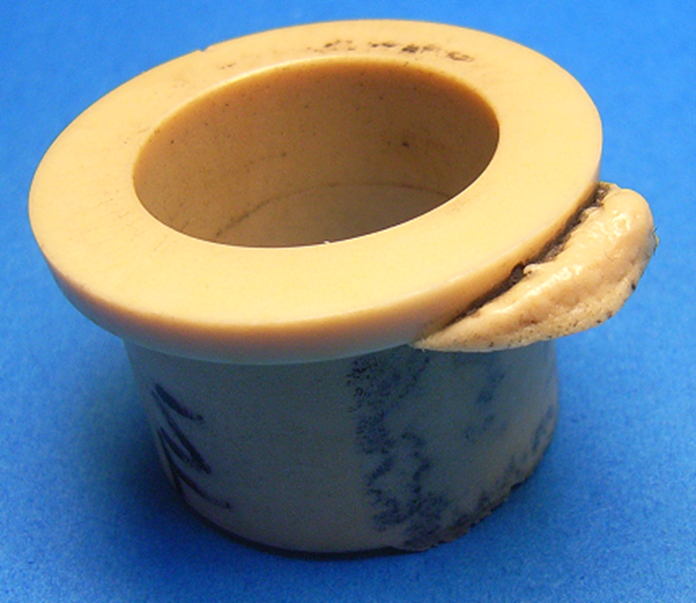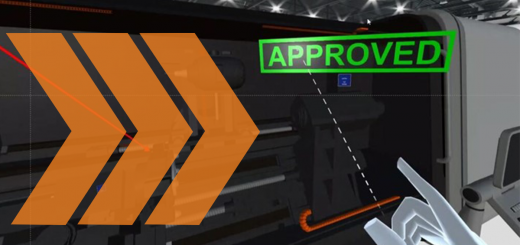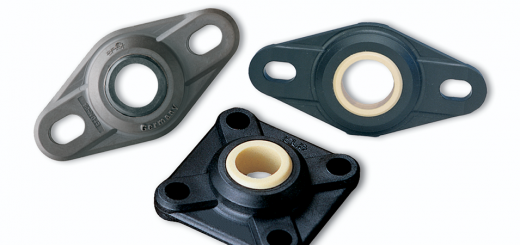Damage patterns of plain bearings – Part 2: Plain bearings melted
By Lars Butenschon
Damage to plastic plain bearings often results from improper assembly, incorrect structural design, or the wrong choice of material. The nature and operation of these bearings require careful consideration in terms of dimensioning, design, and assembly. However, compared to metallic bearings, plastic plain bearings allow for more flexibility in component geometry and a potentially riskier, yet more creative design.
Different types of damage to plastic plain bearings can usually be easily distinguished. The cause of the damage can often be inferred from its appearance, such as deformation or cracks. In this blog post, we will provide a glimpse into damage patterns characterized by deformation.
Identifying Melted or Fused Plain Bearings
Deformations caused by melting are relatively easy to identify. Melts are irregular and misshapen accumulations of material that can spread out in any crevices in a bearing. If the temperature in the bearing exceeds the melting point of the plastic, the material can lose its mechanical stability and melt.

If the operating temperature exceeds the permanently permissible temperature resistance but not the melting point, melting does not occur. However, the mechanical strength can still suffer to the extent that deformations occur. In this case, the pattern of the deformations is similar to those caused by overload.

High Temperature at High Speed
Another temperature-related damage pattern, which does not necessarily involve melting, is the loss of pressfit. At high temperatures, the mechanical tension in the bushings can be reduced to the point where the pressfit and thus the hold in the housing is lost. The resulting damage is often similar to a large overload.
Solving the Problem
The first step in solving the problem is to test the temperature generated at the bearing point and the temperature resistance of the bearings. The pv value of the bearing point should also be determined. This value is the product of load (in MPa) and speed (in m/s) and represents the heat generated in the bearing. This pv value should be lower than the maximum permissible pv value or the heat dissipation of the bearing.
In addition to the deformation, there are of course other types of damage that can be observed in practice. Please reach out to our technical team to find out more about plastic bearings at 1-800-965-2496 or by Livechat at www.igus.ca.



